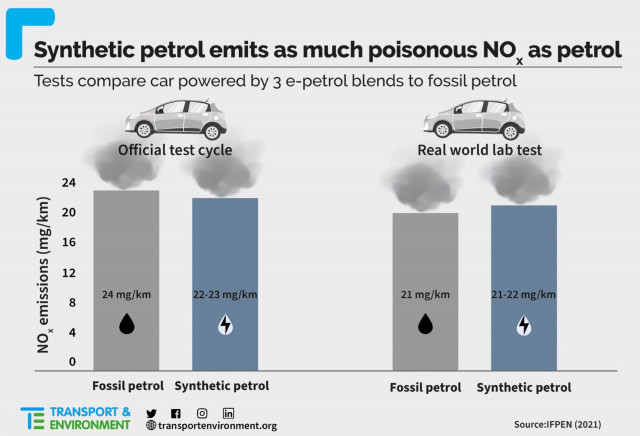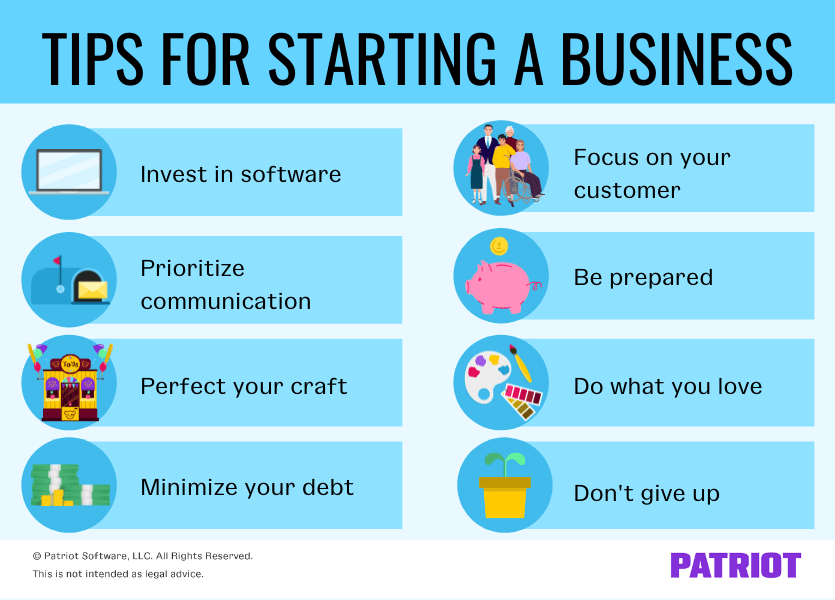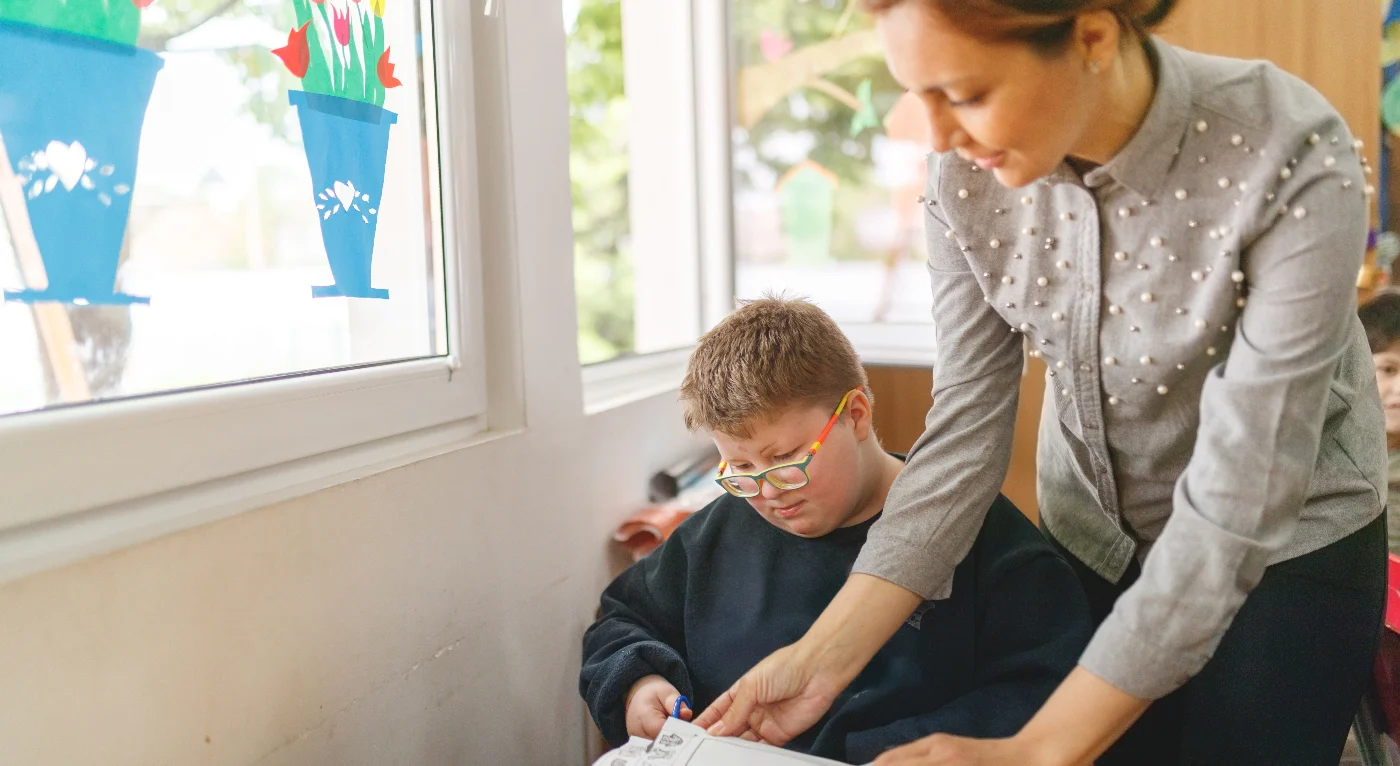Mindfulness Practices for Stress Relief
Mia Wilson
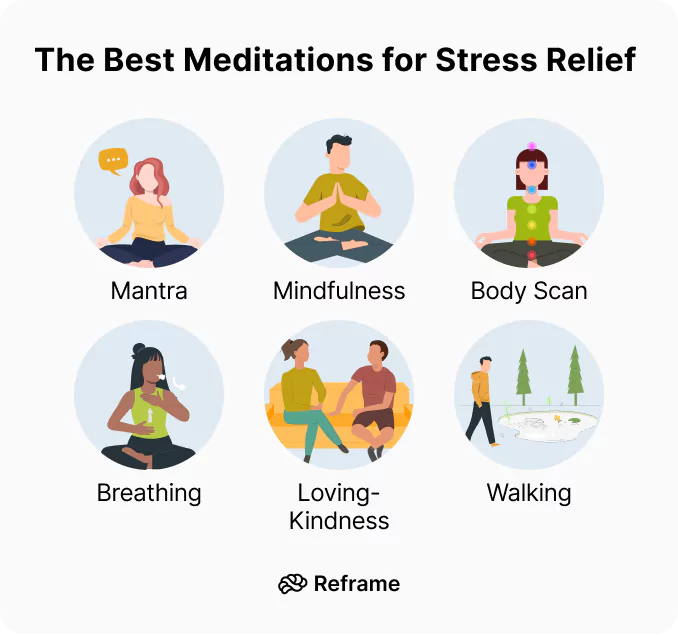
Photo: Mindfulness Practices for Stress Relief
Mindfulness Practices for Stress Relief: A Comprehensive Guide to Inner Peace
Stress has become an unavoidable aspect of modern life, driven by hectic schedules, high expectations, and constant connectivity. While we may not be able to eliminate every stressor, we can control how we respond to them. This is where mindfulness comes in a proven practice that helps individuals find calm amidst the chaos. In this article, we will explore various mindfulness practices for stress relief, delve into their benefits, and offer actionable steps to incorporate them into daily life.
What is Mindfulness?
Mindfulness is the practice of being fully present in the moment without judgment. Rooted in ancient Buddhist traditions, it has gained significant popularity in modern psychology and wellness communities due to its profound benefits in reducing stress and improving mental clarity. Unlike meditation, which often requires a set time and place, mindfulness can be practiced anywhere and at any time.
The Science Behind Mindfulness and Stress Reduction
Numerous studies have shown that mindfulness practices can reduce the production of cortisol, the body’s primary stress hormone. When practiced regularly, mindfulness helps calm the amygdala the brain’s fear center and strengthens the prefrontal cortex, responsible for rational thinking and decision-making. This rewiring of the brain enhances one’s ability to stay calm during stressful situations.
According to a 2018 study published in Psychosomatic Medicine, participants who practiced mindfulness-based stress reduction (MBSR) for eight weeks experienced a significant decrease in perceived stress and reported improved well-being.
Key Mindfulness Practices for Stress Relief
1. Mindful Breathing
One of the simplest and most effective ways to practice mindfulness is through mindful breathing. It involves focusing entirely on the breath as it enters and leaves the body, helping to ground the mind in the present moment.
How to Practice:
- Find a quiet place and sit comfortably.
- Close your eyes and take a deep breath in through your nose, counting to four.
- Exhale slowly through your mouth, counting to six.
- Repeat this process for five to ten minutes.
Mindful breathing not only reduces stress but also lowers blood pressure and improves concentration.
2. Body Scan Meditation
The body scan meditation involves paying attention to different parts of the body, promoting a sense of physical and mental relaxation. This practice is particularly helpful for those experiencing tension and anxiety.
How to Practice:
- Lie down or sit in a comfortable position.
- Starting from your toes, slowly bring your attention to each part of your body, moving upward toward your head.
- Notice any sensations, tension, or discomfort without judgment.
- Spend about 30 seconds on each body part before moving on.
By cultivating an awareness of bodily sensations, this practice helps release built-up tension and encourages relaxation.
3. Mindful Walking
Mindful walking combines movement with mindfulness, making it an excellent practice for those who find it hard to sit still for meditation.
How to Practice:
- Choose a quiet path or space where you can walk undisturbed.
- Walk slowly and pay attention to the sensation of your feet touching the ground.
- Notice your surroundings the sounds, smells, and sights.
- If your mind starts to wander, gently bring your focus back to the act of walking.
Mindful walking not only helps in stress reduction but also enhances one’s connection to nature and surroundings.
4. Gratitude Journaling
While journaling itself is a known stress-relief tool, adding a mindfulness twist by focusing on gratitude can amplify its benefits. Gratitude journaling involves writing down things you are thankful for, shifting your focus from stressors to positive aspects of life.
How to Practice:
- Set aside 5-10 minutes each day to write in a journal.
- List three to five things you are grateful for, whether big or small.
- Reflect on why these things matter to you and how they make you feel.
Studies have shown that gratitude journaling increases happiness and reduces stress by promoting a positive outlook on life.
Benefits of Mindfulness Practices
1. Reduced Stress and Anxiety
Mindfulness practices decrease the production of stress hormones, leading to a calmer mind and body. This makes it easier to manage anxiety and navigate difficult emotions.
2. Improved Focus and Clarity
By training the mind to focus on the present, mindfulness enhances concentration and mental clarity. This can lead to better decision-making and improved productivity.
3. Enhanced Emotional Resilience
Regular mindfulness practice strengthens emotional resilience, helping individuals cope better with life’s ups and downs. It teaches acceptance and non-judgment, reducing the emotional impact of stressful events.
4. Better Sleep Quality
Stress often interferes with sleep, leading to a vicious cycle of fatigue and irritability. Mindfulness can break this cycle by calming the mind before bedtime, resulting in improved sleep quality.
How to Incorporate Mindfulness into Your Daily Routine
Incorporating mindfulness into your daily life doesn’t have to be time-consuming or difficult. Here are some tips to help you get started:
- Start Small: Begin with five-minute mindfulness sessions and gradually increase the duration as you become more comfortable.
- Set Reminders: Use phone reminders or sticky notes to prompt you to take mindful pauses throughout the day.
- Create a Routine: Practice mindfulness at the same time each day, such as during your morning coffee or before bedtime.
- Be Kind to Yourself: Mindfulness is a skill that takes time to develop. Don’t be hard on yourself if your mind wanders gently bring your focus back to the present.
Conclusion
Mindfulness practices for stress relief offer a powerful way to reclaim a sense of calm and balance in today’s fast-paced world. Whether it’s through mindful breathing, body scan meditation, or gratitude journaling, these practices provide simple yet effective tools for managing stress and promoting overall well-being. By incorporating mindfulness into daily life, you can enhance your mental clarity, emotional resilience, and overall quality of life.
Ready to begin your mindfulness journey? Start small, stay consistent, and watch as your stress melts away and your inner peace grows.
For You
View AllCompare synthetic fuel and diesel to understand their benefits, drawbacks, and environmental impact. Find the best option!
Mia Wilson
Discover actionable steps to start a small business and ensure its success. Click for expert tips and insights!
Mia Wilson
Learn what money supply is and how it influences inflation and economic growth. Click for key insights!
Mia Wilson
Discover effective strategies to protect your VPS from cyber threats.
Mia Wilson
Explore the steps to becoming a special education teacher and making a difference in students’ lives. Start today!
Mia Wilson
Understand macronutrients and micronutrients to optimize your diet. Learn the differences now!
Mia Wilson
Health
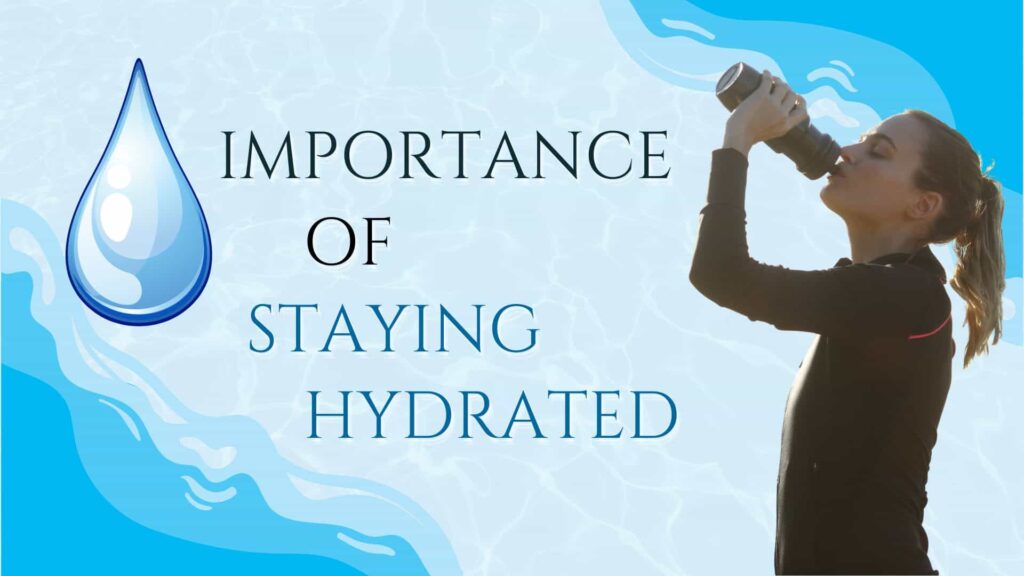

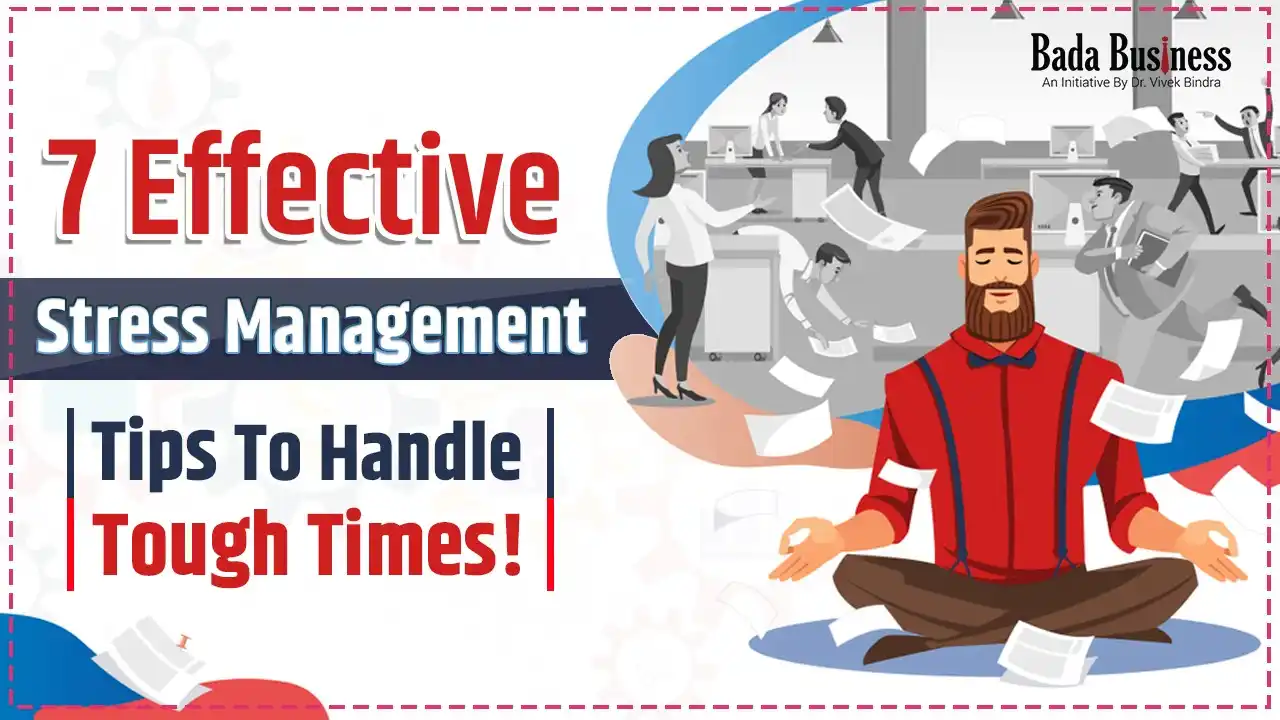





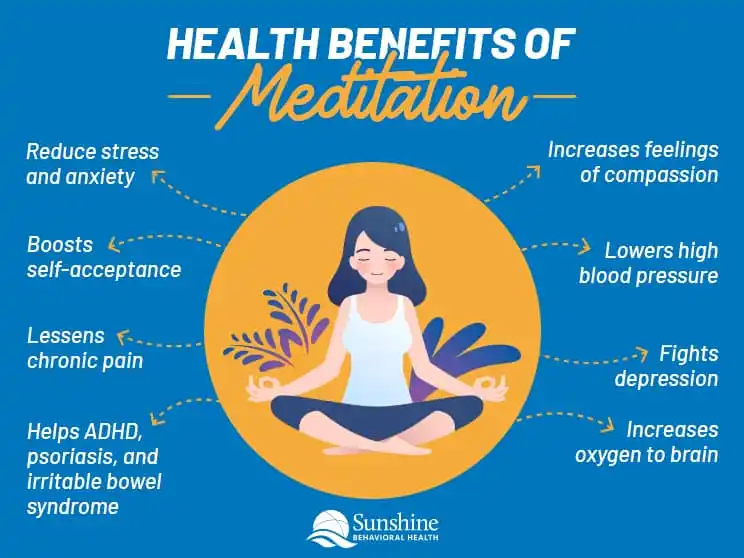

Education
View All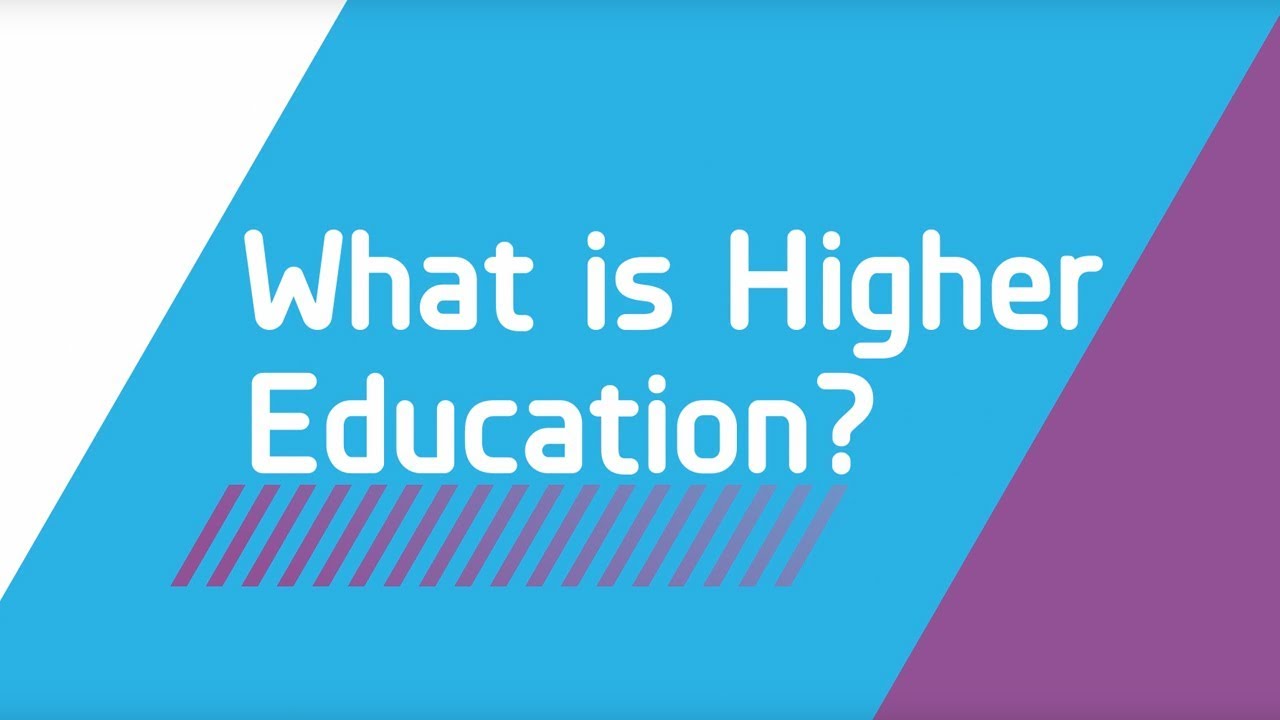
April 19, 2025
What Is Higher Education?
Understand higher education, its benefits, and how it shapes future opportunities. Explore your potential now!

April 18, 2025
What Is Special Education?
Dive into special education, its purpose, and how it supports students with unique needs. Learn how it changes lives!

April 30, 2025
How Important Is Technology in Education?
Explore how technology is revolutionizing education, enhancing learning, and creating future-ready skills. Learn more today!
